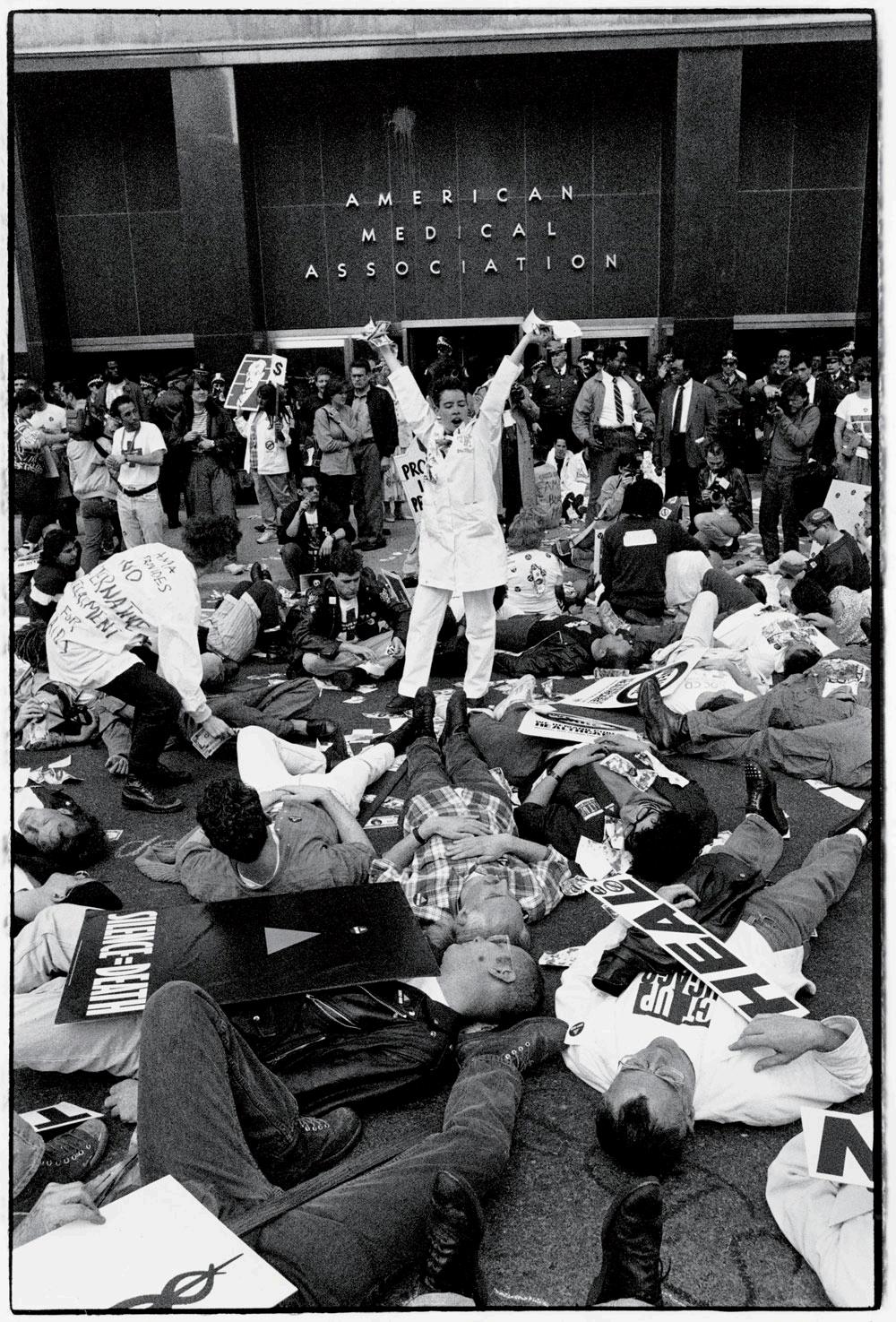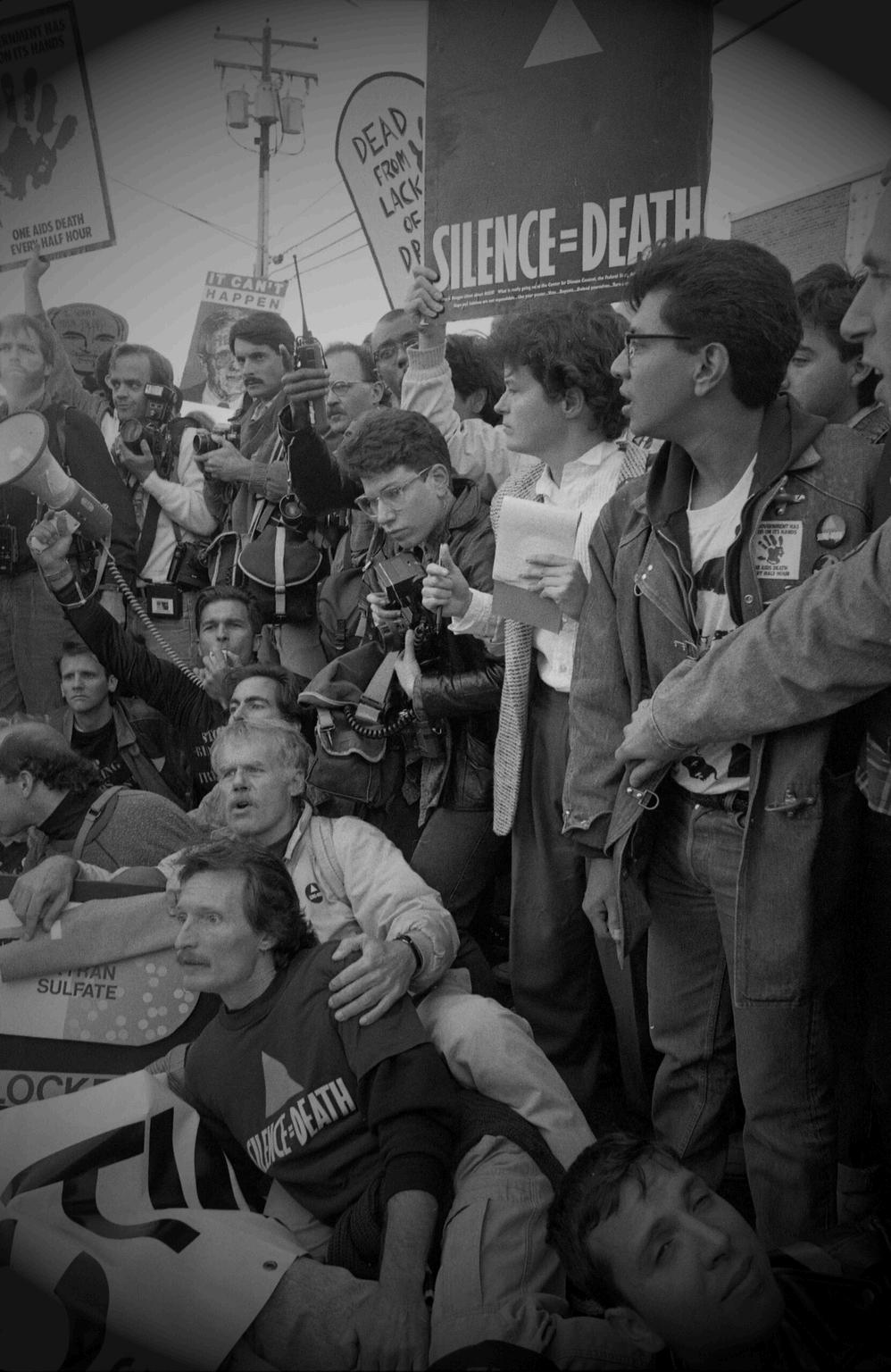

THE CRIMINALIZATION OF HIV/AIDS
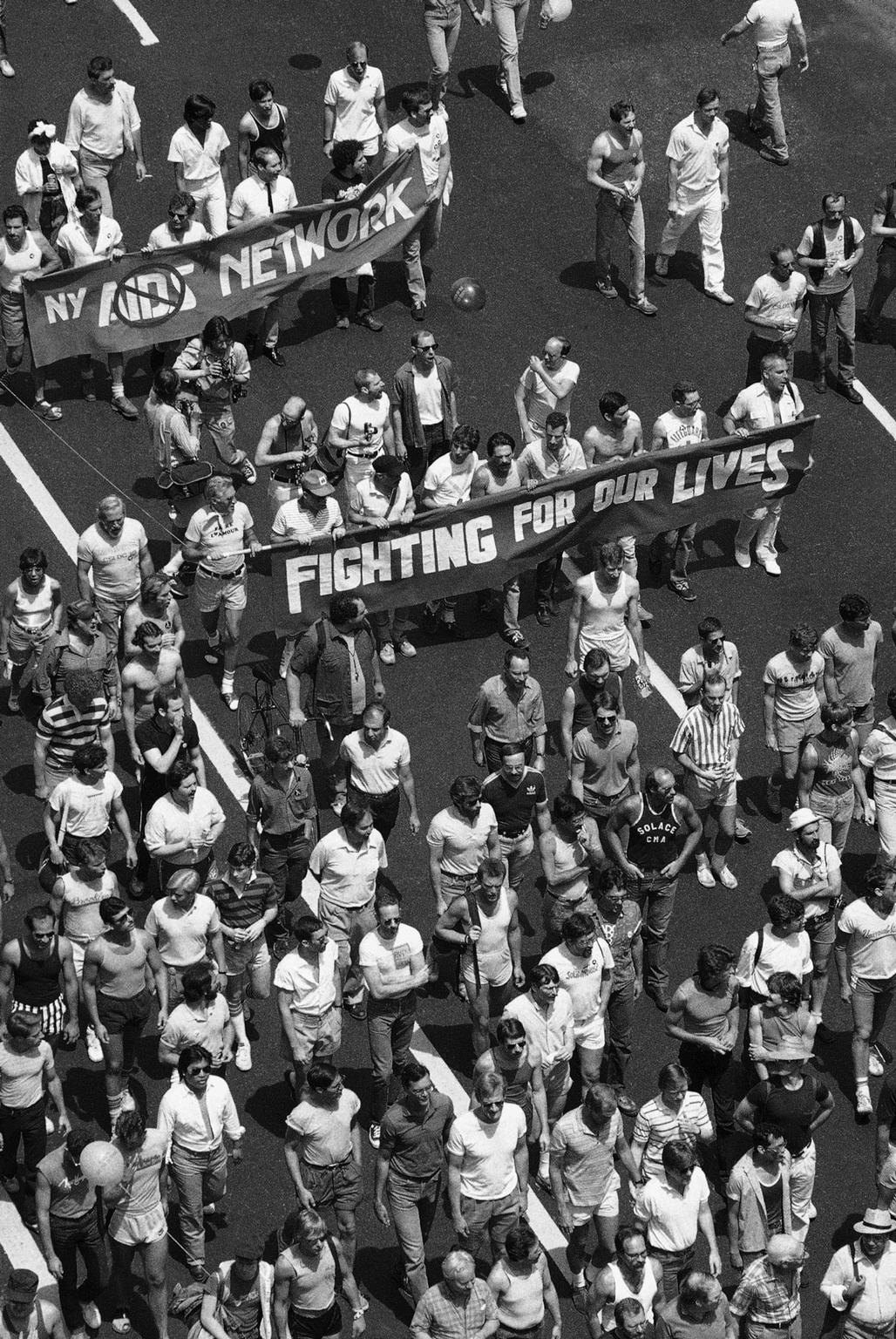
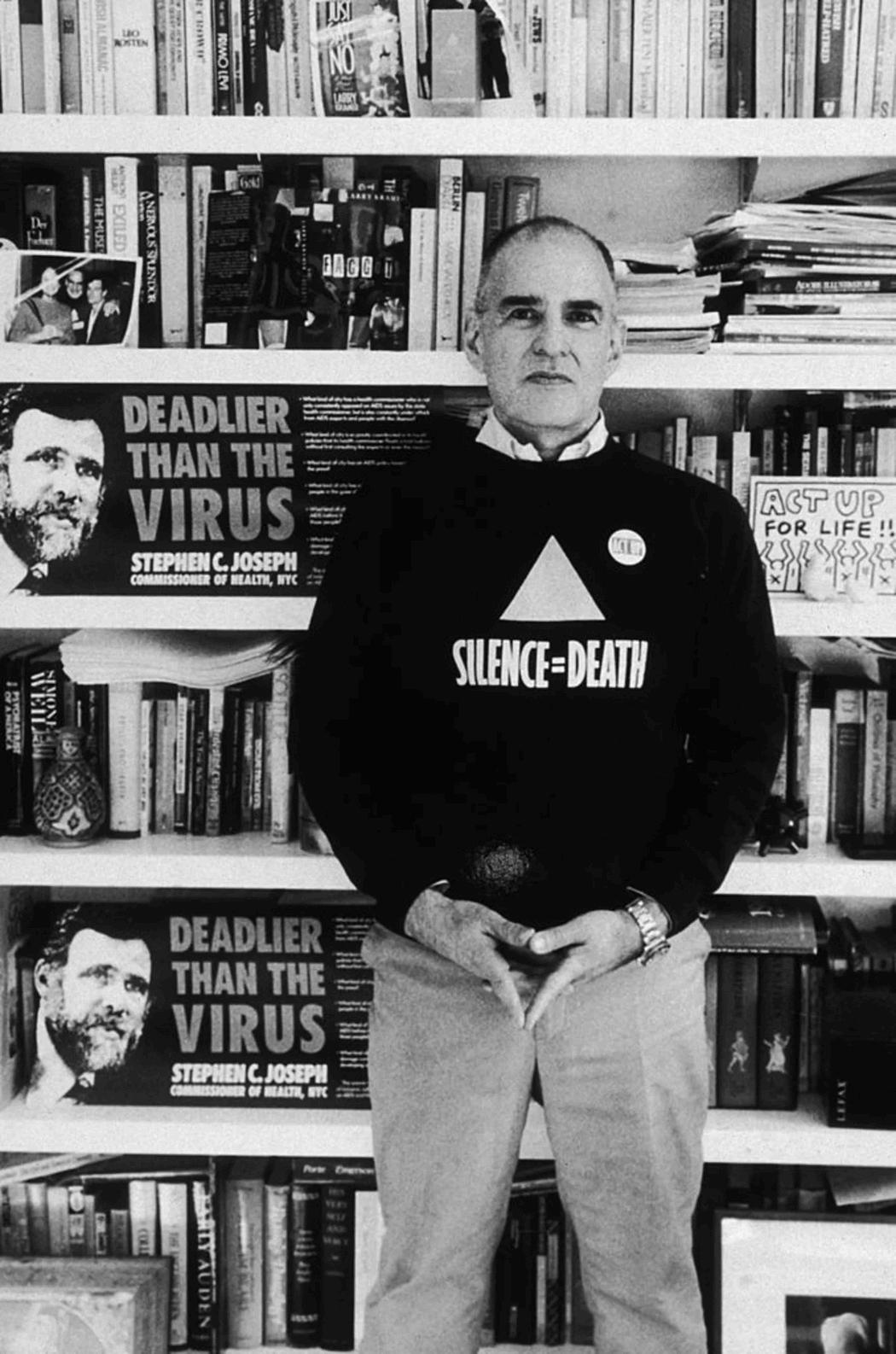
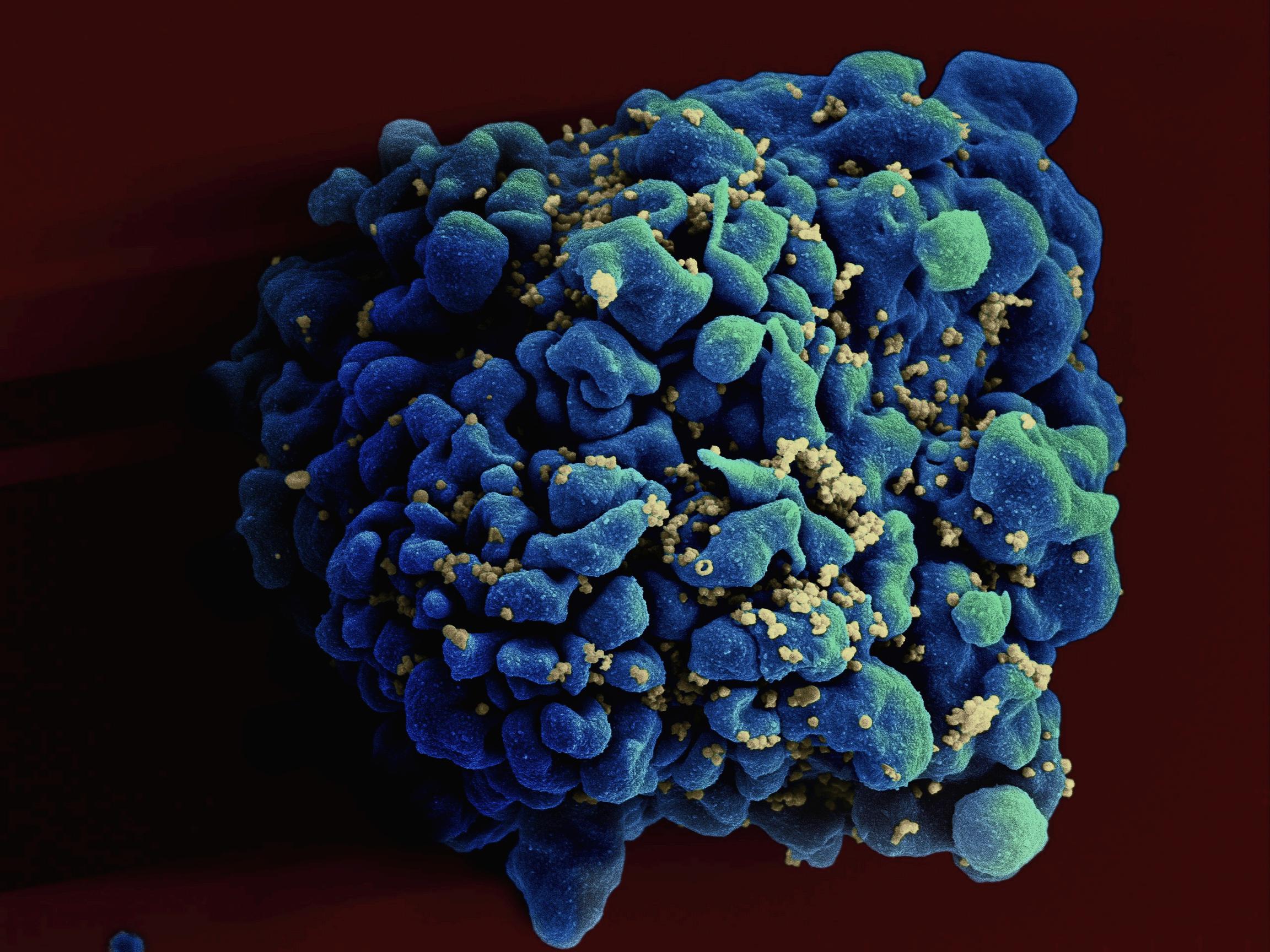
WHAT IS
“a virus that attacks cells that help the body fight infection,
SYMPTOMS 1
STAGE 1 fever, chills, rash, night sweats, muscle ache, sore throat, fatigue
STAGE 2 continued symptoms from Stage 1 or become asymptomatic
STAGE 3- AIDS neurologic disorders, pneumonia, swollen lymph glands, extreme tiredness, rapid weight loss
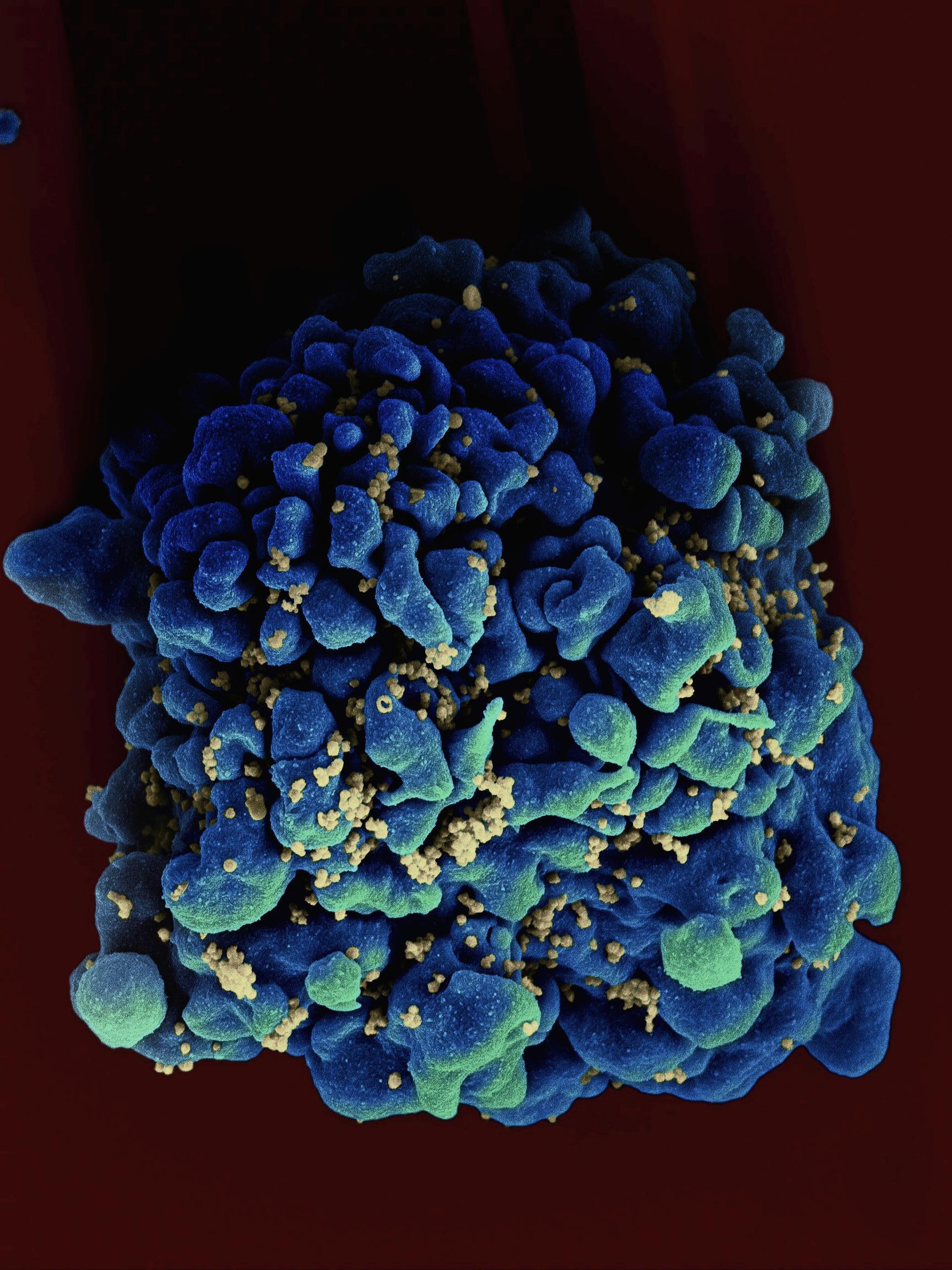

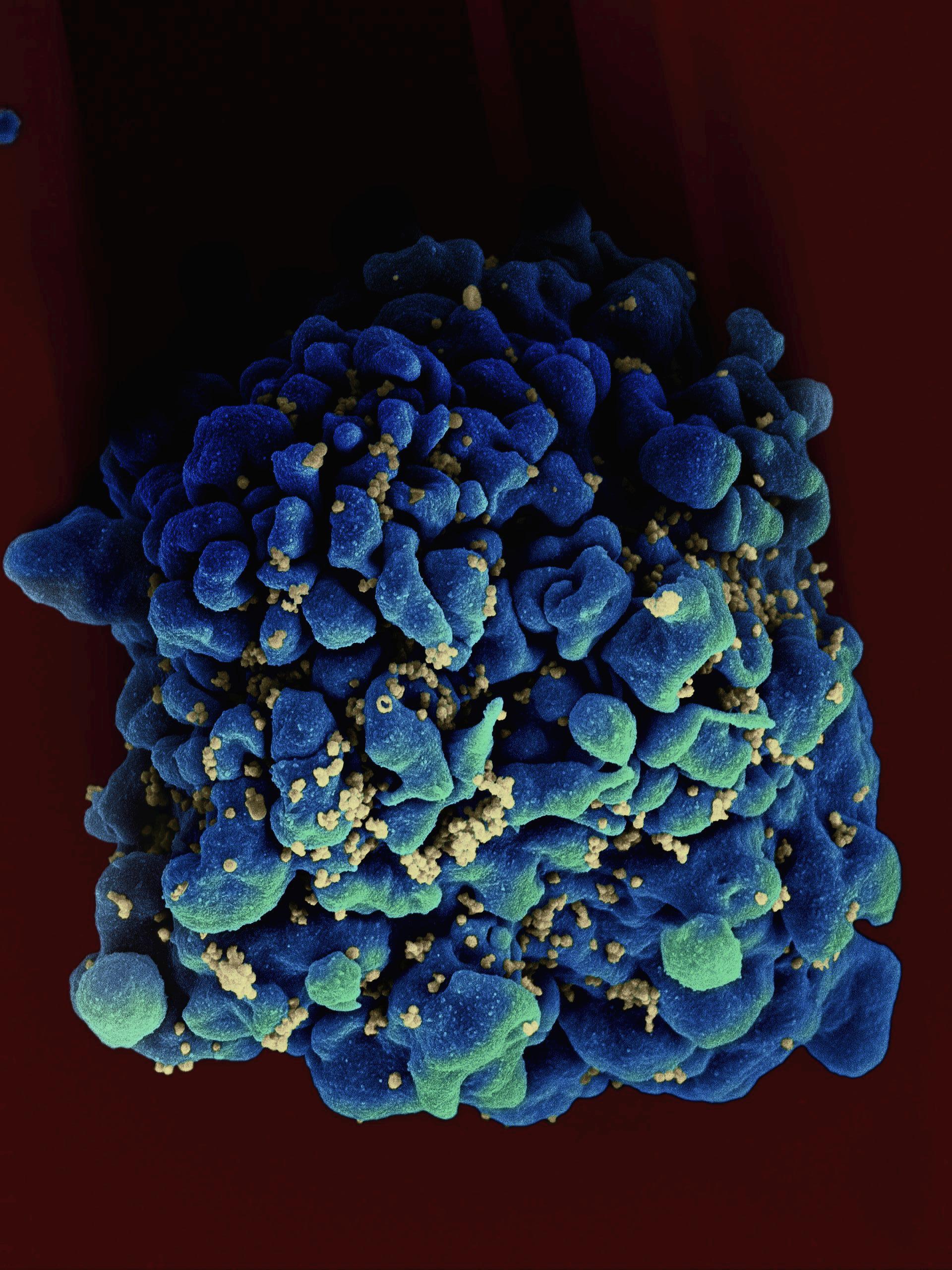
HIV/AIDS?
making a person more vulnerable to other infections and diseases”
MODES OF TRANSMISSION
Likely vaginal or anal sex with a person living with HIV, sharing needles with a person living with HIV
Unlikely being exposed through needle injury, exposure through pregnancy or breastfeeding
Rare oral sex, blood transfusions or organ donations, being bitten by someone living with HIV, saliva
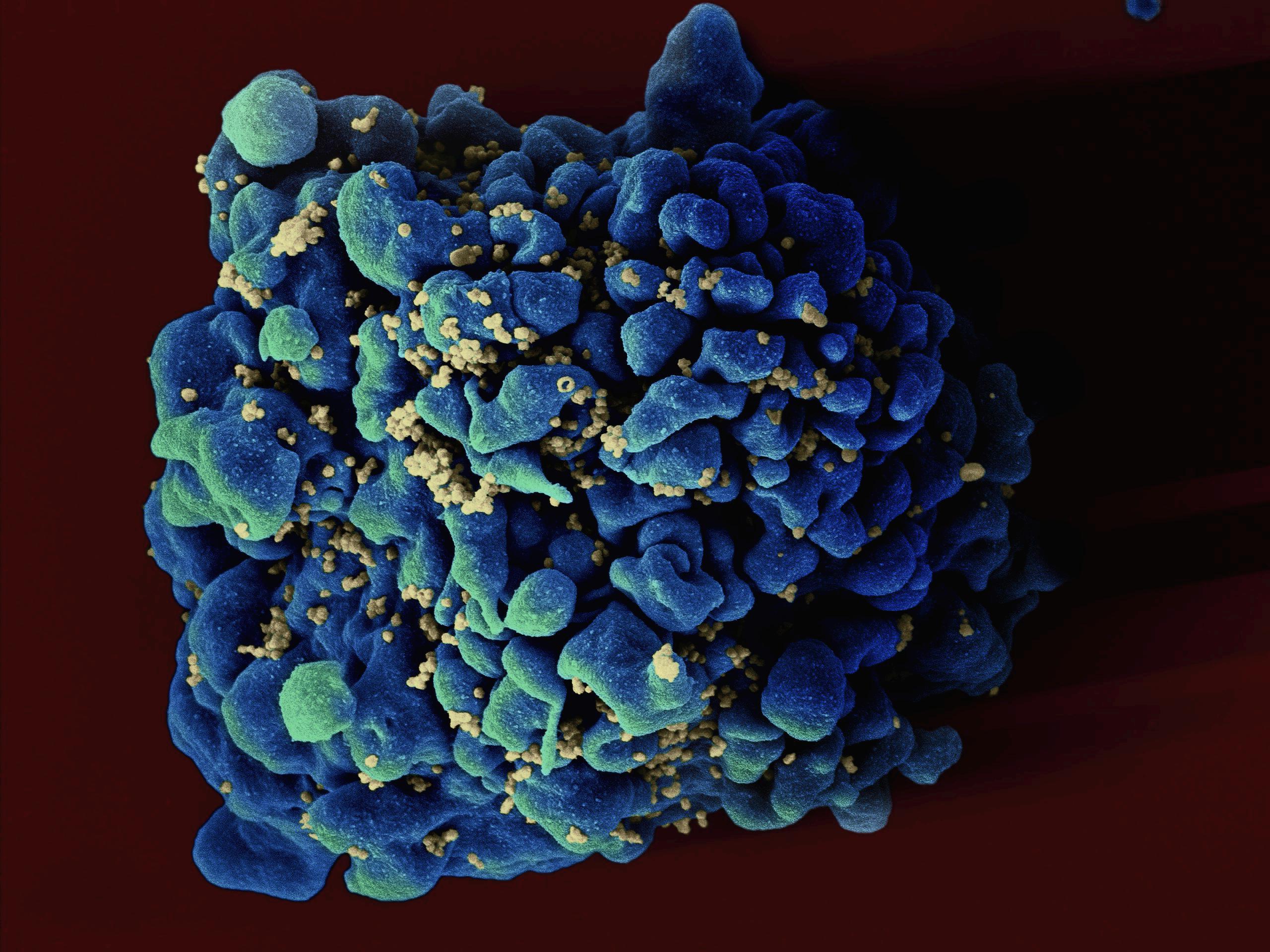

HIV/AIDS IN THE UNITED STATES*
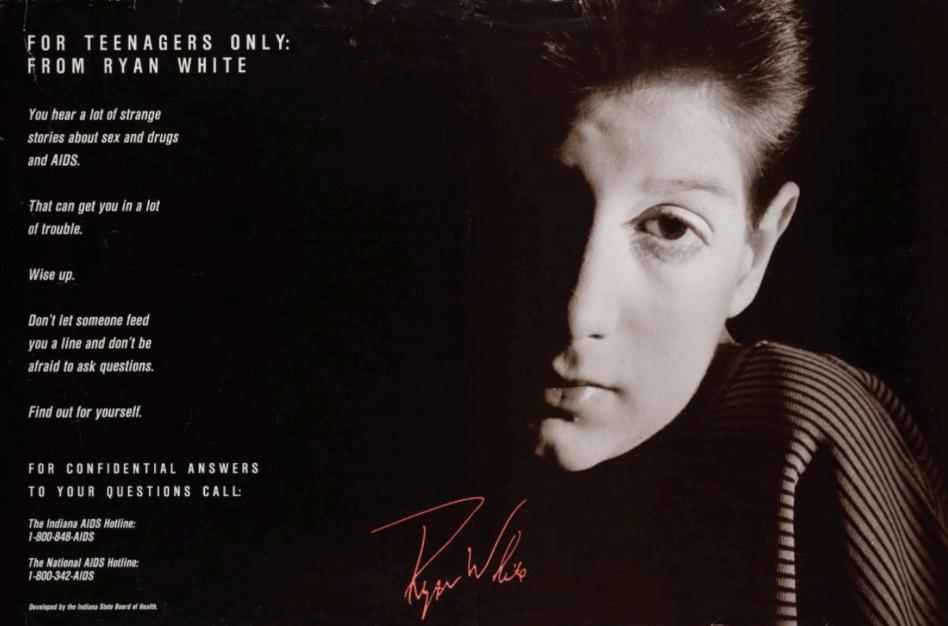
Ryan White was barred from his school after testing positive for HIV
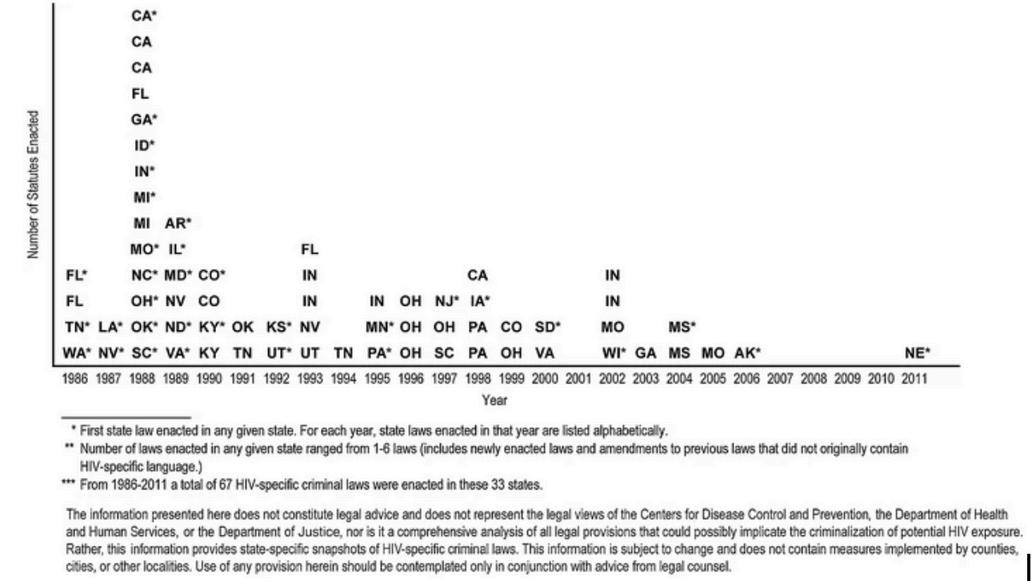

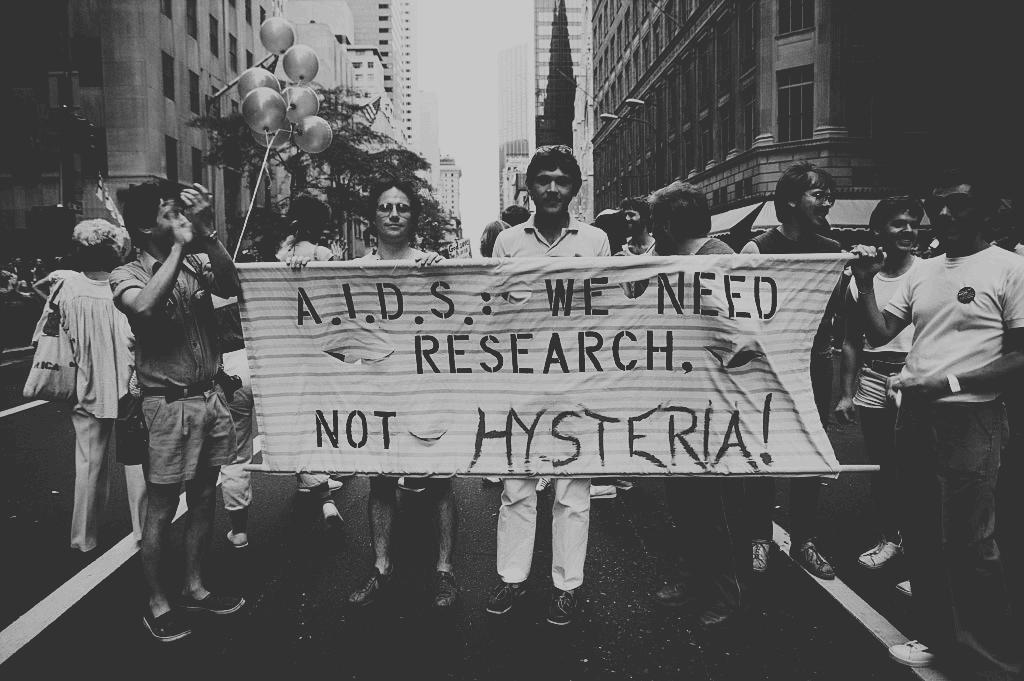
TURNING TO LAWS
HIV criminalization laws served to assuage fears about contraction of HIV from the general public. 4
24 states require a person with HIV to disclose their status to their sexual partner(s)
14 states require disclosure to needle-sharing partners
25 states criminalize acts that pose little to no threat of transmission
SENTENCING
The United States is a worldwide leader in the number of citizens who are sentenced under HIV criminalization laws. 18 states impose sentences up to 10 years, 7 states impose 11-20 years, 5 impose 20+ years.
5 4
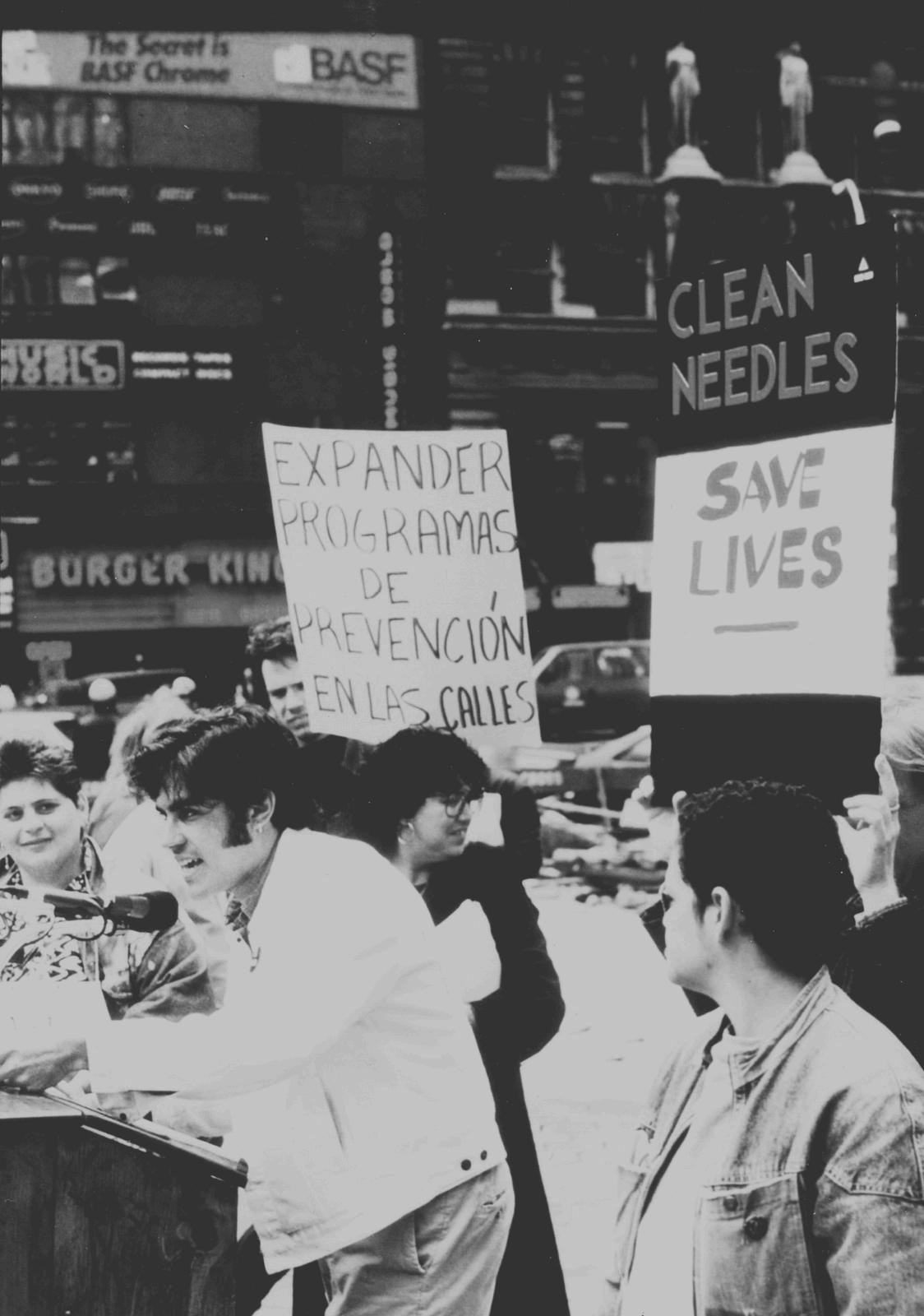
STATES WITH HIV CRIMIN MAY REQUIRE SEX

ALIZATION LAWS THAT OFFENDER REGISTRY

OHIO QUICK FACTS*
POLICIES
8.8 cases per 100,000 residents
880 cases total in the state
81.8% of people with new diagnoses received medical treatment
*as of 2022 survey results7
Requirement to disclose HIV status to sexual partner(s) before engaging in any sexual activity falls under felonious assault statute can result in up to 8 years of imprisonment requirement to register as a sex offender
Enhanced penalties for some actions: solicitation or intention to solicit with a positive HIV status exposing others to bodily fluids
Spit can be considered a deadly weapon
felonious assault statute can be used to prosecute people with HIV who spit at others
LOUISIANA
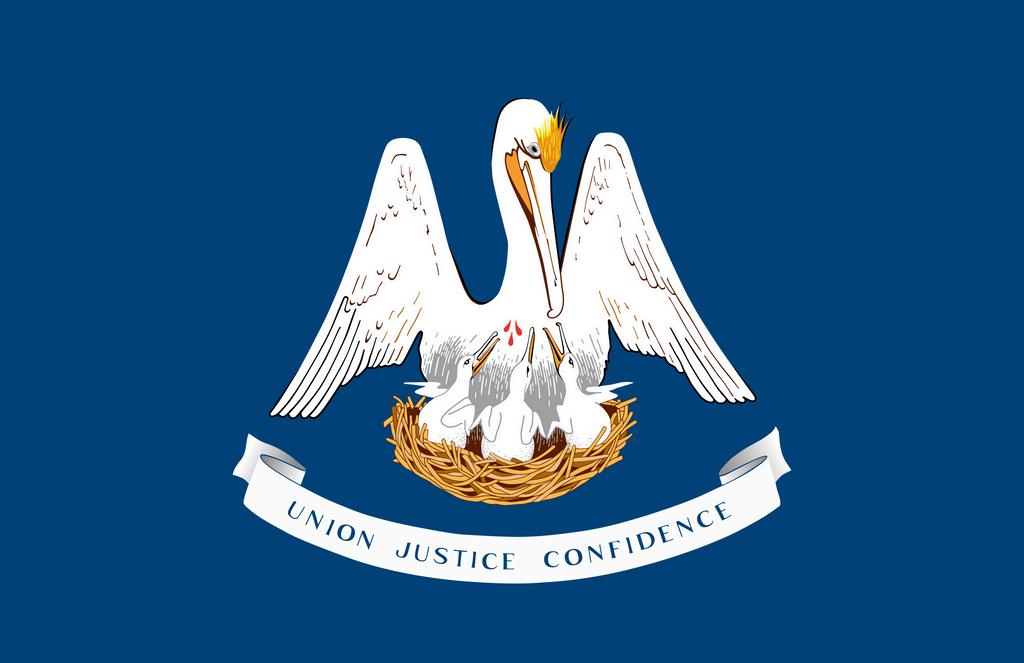
17.3 cases per 100,000 residents 430 cases total in the state
79% of people with new diagnoses received medical treatment
*as of 2022 survey results7
Consensual sexual activities can be prosecuted or result in imprisonment
State vs Turner: courts equated a woman engaging in sexual activities knowing about her HIV status is like “pointing a gun to [the victims’] head[s] and pulling the trigger”
Exposure to bodily fluids can result in imprisonment 10 years for non-emergency personnel 11 years for emergency personnel
Violation of Intentional Exposure to AIDS Virus statute results in sex offender registration
Enhanced sentences with positive HIV status in cases of solicitation
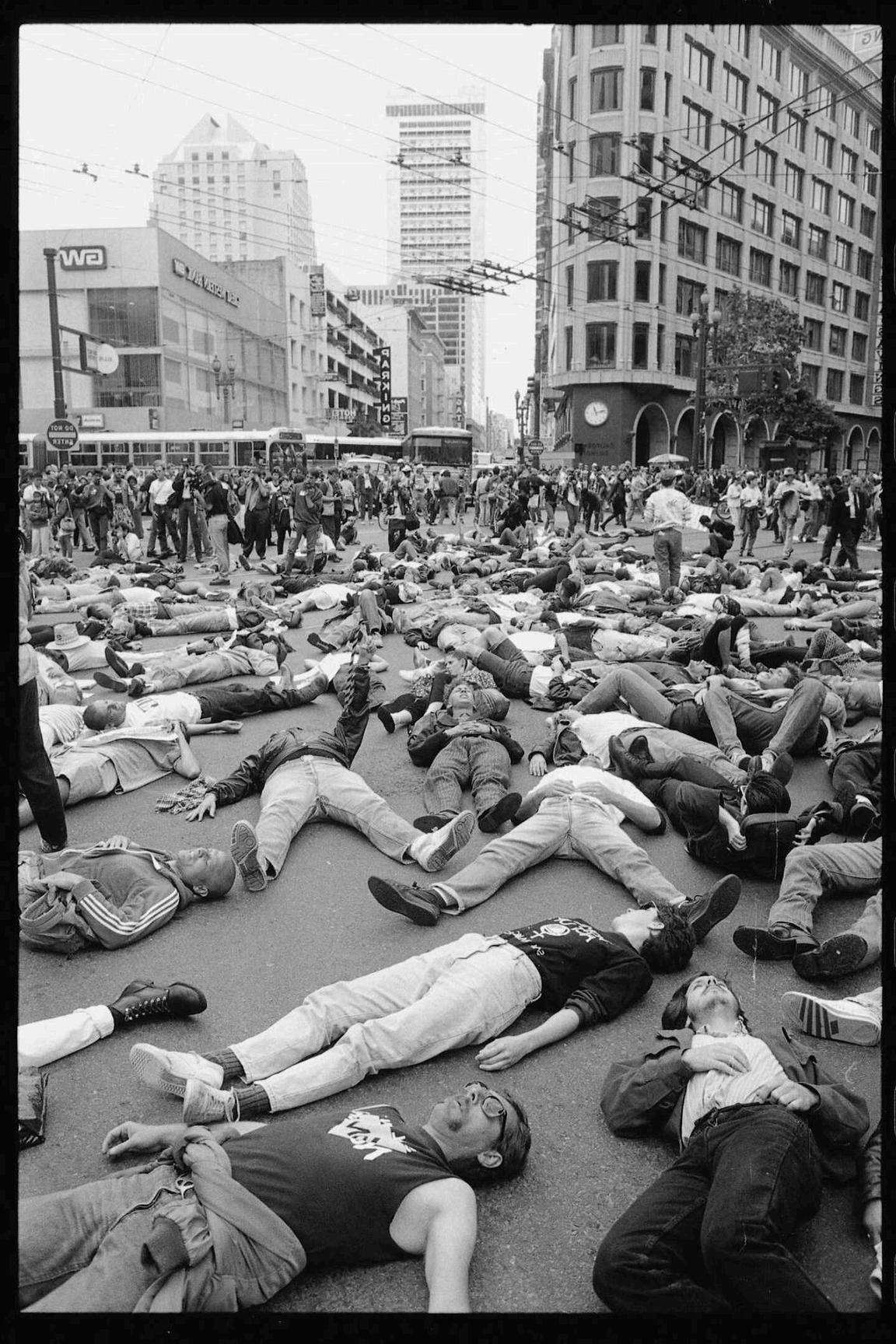
STATES WITH NO HIV SPECIFIC COMMUNICABLE DISEASE

LAWS BUT THAT HAVE LAWS THAT CAN PROSECUTE

NEW YORK
9.8 cases per 100,000 residents 1700 cases total in the state
86.4% of people with new diagnoses received medical treatment
*as of 2022 survey results7
Engaging in sexual activities while living with a communicable disease can result in up to one year in prison
Under general laws, persons living with HIV could be indefinitely civilly committed for the protection of the public
Criminal or civil penalties can be imposed on a person who violates general public health laws
The bodily fluids of persons living with HIV are not considered to be deadly weapons
OREGON

QUICK FACTS*
Oregon provided no data to AHEAD for this HIV/AIDS survey
6
*as of 2022 survey results7
Willfully transmitting a communicable disease like HIV is considered a criminal offense
Persons living with HIV can be prosecuted for exposing others to the disease under the following charges: attempted murder assault reckless endangerment
If someone is suspected of having HIV but has not been tested, it is illegal for the suspected person to refuse testing and treatment
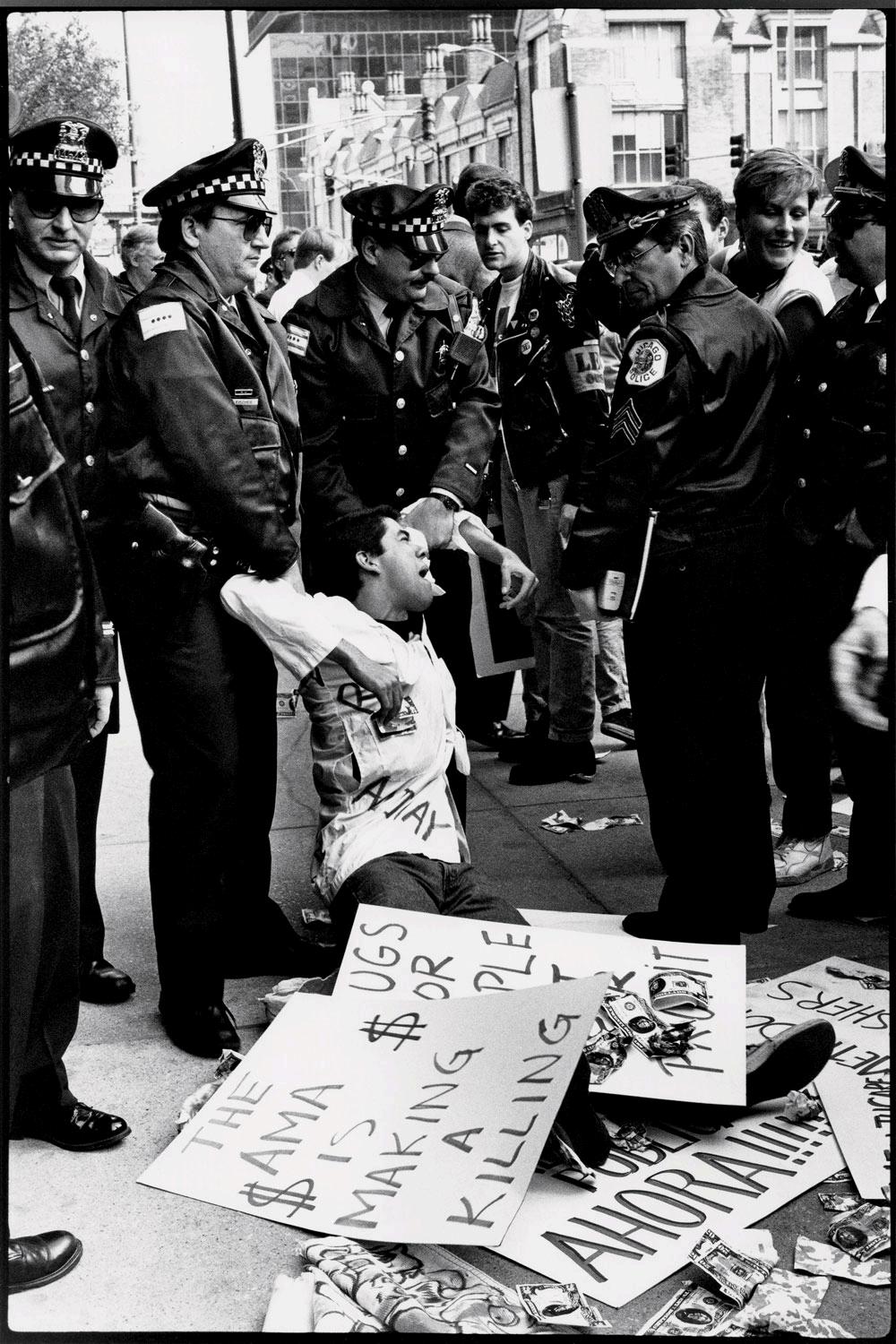
STATES WITH HIV CRIMINALIZATION LAWS
MARYLAND

QUICK FACTS*
10.6 cases per 100,000 residents 550 cases total in the state
85.3% of people with new diagnoses received medical treatment
POLICIES
6
Exposing someone to HIV, even in cases of consensual sex or breastfeeding, is a misdemeanor
Persons living with HIV who engage in conduct that poses a risk of transmitting the disease can be charged with reckless endangerment or attempted murder
Persons living with communicable diseases, not just HIV, are subject to misdemeanor violations for certain activities
OKLAHOMA

QUICK FACTS*
11.4 cases per 100,000 residents 380 cases total in the state
80.7% of people with new diagnoses received medical treatment
POLICIES
6
Before engaging in any sexual behaviors, a person living with HIV must disclose their status to their sexual partner(s)
Under the law, a person living with HIV can be prosecuted for spitting or biting
Refusing testing or treatment for STIs is illegal
Engagement or attempts to engage in sex work can result in enhanced sentencing for those acts
FLORIDA

QUICK FACTS*
16.7 cases per 100,000 residents
3200 cases total in the state
82.8% of people with new diagnoses received medical treatment
POLICIES
Failing to disclose HIV status to any sexual partner is a felony
Engaging in prostitution with knowledge of one’s positive HIV status is a felony
HIV, as a disease, is considered a deadly weapon
Sentencing enhancements for specific acts exist even if the person does not know their HIV status
This has been used to justify the false theory that only gay men spread HIV, insinuating that because they are gay men they should assume they are HIV positive
In any civil or criminal circumstance where bodily fluids are exchanged, a person must be tested for HIV
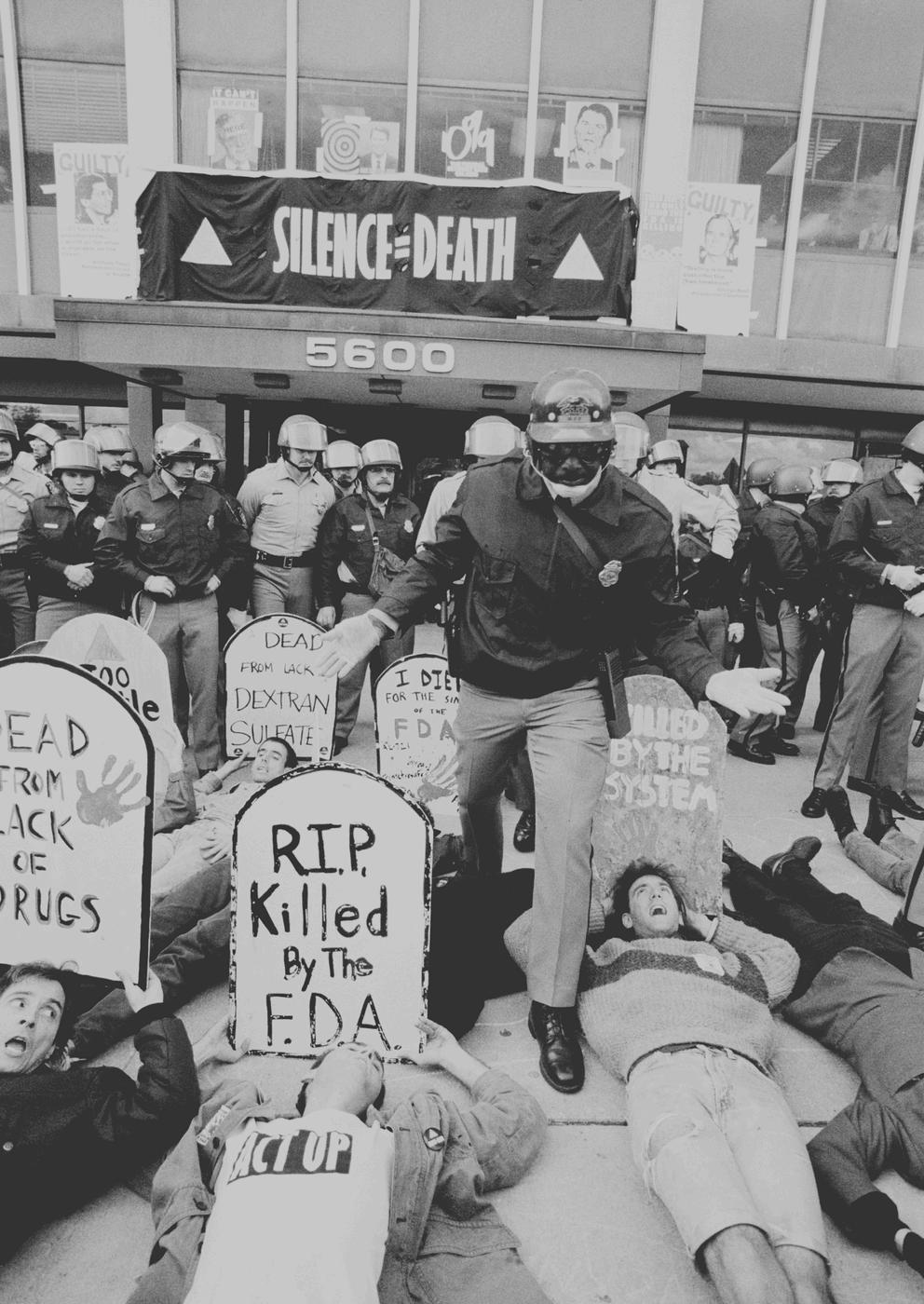
STATES WITH HIV SPECIFIC FOR SEX-RELATED

SENTENCING ENHANCEMENTS CONVICTIONS
CALIFORNIA

QUICK FACTS*
12.5 cases per 100,000 residents 4100 cases total in the state
82.1% of people with new diagnoses received medical treatment
*as of 2022 survey results7
Prosecution can occur for intent to transmit HIV/AIDS to another person
Persons with HIV who are convicted of sex crimes may receive enhanced sentencing or aggravated assault charges
In cases where the life or health of others are endangered, persons living with HIV can be convicted under general laws
When convicted of certain sex crimes, convicted persons are required to be tested for HIV/AIDS

Prosecution of persons living with HIV has occurred under general law 6
4.6 cases per 100,000 residents 230 cases total in the state 90.4% of people with new diagnoses received medical treatment
*as of 2022 survey results7
Maximum sentencing will be pursued in cases of potential transmission of HIV even if the sex worker(s) involved are HIV negative
Willful disobedience of a health workers’ recommendation can result in legal punishment
WHO DO CRIMINALIZATION LAWS AFFECT?
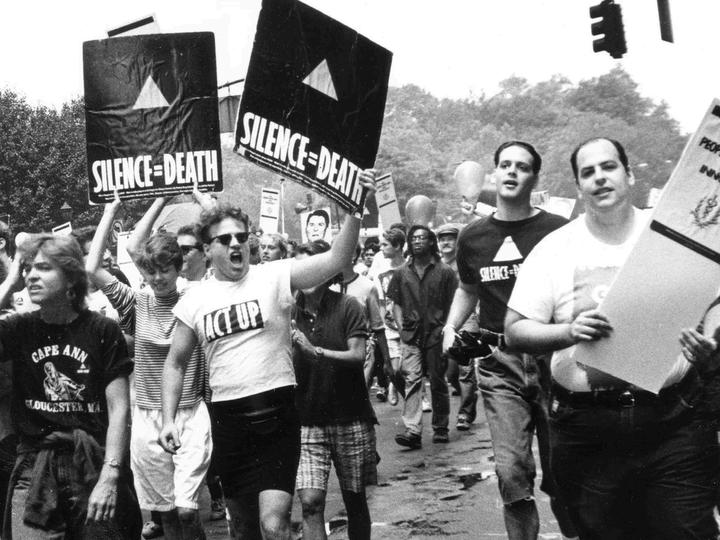
MARGINALIZED COMMUNITIES 5
Criminalization is likely to increase the stigma surrounding HIV and inequalities in the most affected communities which are often marginalized.
African American communities make up 44% of people living with HIV but 14% of U.S. population.
Latino communities are 3 times as likely as white communities to live with HIV.
Men who have sex with men (MSM) constitute 2% of U.S. population but 61% of new infections.
Transgender communities have an HIV rate 4 times the national average.
More than 1 in 4 transgender women of color live with HIV.
OVERREPRESENTATION OF BLACK FEMALE SEX WORKERS IN HIV ARREST DATA
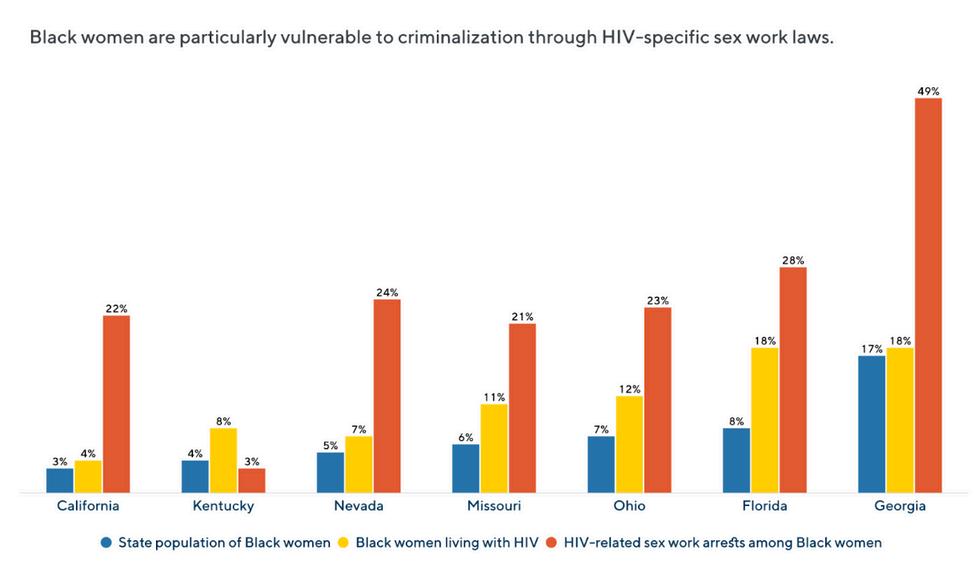
OVERREPRESENTATION OF BLACK AMERICANS IN HIV ARREST DATA
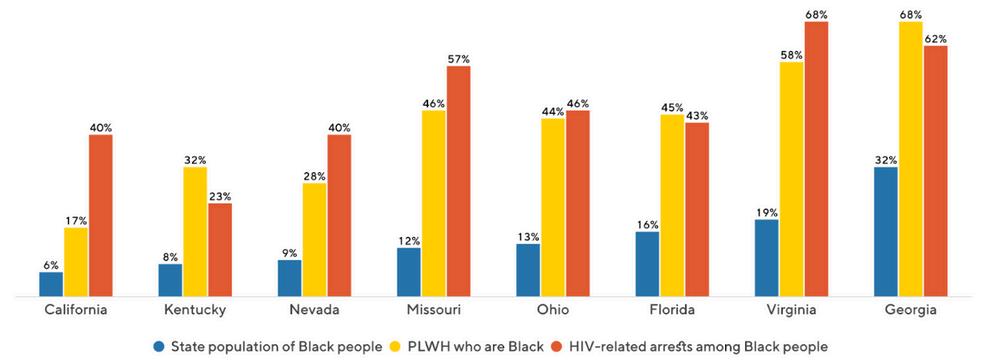
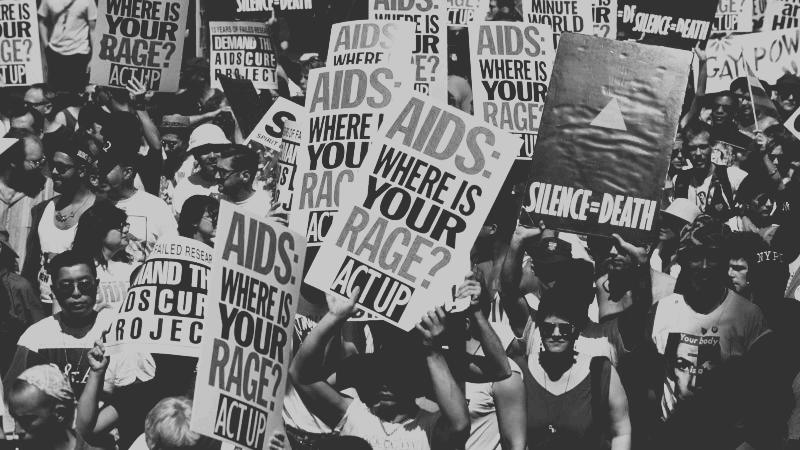
CONSEQUENCES OF CRIMINALIZATION WHAT DOES IT ACCOMPLISH?
Behavioral Influence: 8
Findings suggest that criminal law did not influence the behaviors considered risky for people living with HIV.
Two important points of fact include that once a person knows about their HIV they reduce risk behaviors, and a majority of people who transmit HIV do not know about their status
Studies found that people who had correct or incorrect knowledge about the law’s provisions surrounding safe sex practices had about the same rate of risk behaviors.
No supporting evidence was found that the law was harming public health.
Most respondents to this survey followed safe sex practices because they felt it was moral.
Mitigation Tactics: 4
Many laws do not take into account prevention or mitigation techniques like PrEP, ART, or condom use.
D O M E S T I C V I O L E N C E
C O N C E R N S
Unbalanced power dynamics in a relationship may prevent the disclosure of HIV status. Having an abusive partner may make it difficult to have a conversation about HIV status, meaning a person living with HIV who is in an abusive relationship is susceptible to being charged under criminal laws since disclosure may pose a safety risk. Trans women are at a significant risk of this. 4 , 5
F U T U R E D I R E C T I O N S
F O R C H A N G E
4
There is a lack of evidence that shows that specific HIV criminalization laws work
Limit the current laws to only severe sex crimes (rape, child SA) with intent to harm and high transmission risk
Reliance on only general criminal laws for cases of intentional transmission
(IN ORDER OF APPEARANCE)
[1] (2023, July 26) What Are HIV and AIDS? HIV gov https://www hiv gov/hiv-basics/overview/about-hiv-andaids/what-are-hiv-and-aids
Centers for Disease Control and Prevention (2024, July 8) AIDS Epidemic in the United States, 1981-early 1990s Centers for Disease Control and Prevention https://www.cdc.gov/museum/online/story-ofcdc/aids/index.html (2024). A Timeline of HIV and AIDS. HIV.gov. https://www.hiv.gov/hiv-basics/overview/history/hiv-andaids-timeline#year-1982
Stan Lehman, J , Carr, M , Nichol, A , Ruisanchez, A , Knight, D , Langford, A , Gray, S , & Mermin, J (2014) Prevalence and Public Health Implications of State Laws that Criminalize Potential HIV Exposure in the United States AIDS and Behavior, 18(1), 997-1006 https://doi.org/10.1007/s10461-014-0724-0
Perone, A (2013) From Punitive to Proactive: An Alternative Approach for Responding to HIV Criminalization that Departs from Penalizing Marginalized Communities Hastings Women’s Law Journal, 24(2), 363406.https://heinonline.org/HOL/Page? handle=hein.journals/haswo24&id=399&collection=journa ls&index=
Center for HIV Law and Policy (2024) HIV Criminalization in the United States: A Sourcebook on State and Federal HIV Criminal Law and Practice (3rd ed ) Center for HIV Law and Policy https://www hivlawandpolicy org/sites/default/files/202407/HIV%20Criminalization%20in%20the%20U S %20A%20S ourcebook%20on%20State%20Fed%20HIV%20Criminal%2 0Law%20and%20Practice%20Jan24 pdf
U S Department of Health & Human Services (2022) America’s HIV Epidemic Analysis Dashboard (AHEAD) U S Department of Health & Human Services https://ahead hiv gov/
Burris, S , Beletsky, L , Burleson, J , Case, P , & Lazzarini, Z (2007) Do Criminal Laws Influence HIV Risk Behavior? An Empirical Trial Arizona State Law Journal 39(2), 467520 https://heinonline org/HOL/Page? handle=hein journals/arzjl39&id=3&collection=journals&i ndex=
“IT’S BAD ENOUGH PEOPLE ARE DYING OF AIDS, BUT NO ONE SHOULD DIE OF IGNORANCE” -ELIZABETH TAYLOR
PHOTOGRAPHIC & FIGURE REFERENCES
FRONT COVER
PAGE 2
PAGE 3
PAGES 4-5
PAGE 7
PAGE 8
PAGE 9
PAGES 10-11
McGann, C (1988) [Protestors in front of the FDA] [Photograph]. The New Yorker. https://www.newyorker.com/magazine/2021/06/14/how-actup-changed-america
Vlamis, S (1983) [Protestors at pride in New York] [Photograph] National Geographic https://www nationalgeographic com/premium/article/thedenver-principles-lgbtq-rights-hiv-aids
Krulwich, S. [Larry Kramer standing in front of books] [Photograph]. NBC. https://www.nbcnews.com/feature/nbcout/aids-activist-larry-kramer-stigma-patient-zero-mythn676841
National Institute of Allergy and Infectious Diseases, NIH [HIV virus depiction] [Photograph]. HHMI. https://www.hhmi.org/beautifulbiology/scroll-and-tell/humanimmunodeficiency-virus-hiv
Indiana State Board of Health (1985) [Ryan White HIV educational poster] [Photograph] CDC https://www.cdc.gov/museum/online/story-ofcdc/aids/index.html
Stan Lehman, J , Carr, M , Nichol, A , Ruisanchez, A , Knight, D , Langford, A , Gray, S , & Mermin, J (2014) Prevalence and Public Health Implications of State Laws that Criminalize Potential HIV Exposure in the United States. AIDS and Behavior, 18(1), 997-1006. https://doi.org/10.1007/s10461-0140724-0
Alper, B. (1983). [Protestors with banner] [Photograph]. PBS. https://www.pbs.org/newshour/science/america-hiv-outbreakorigins-nyc-gaetan-dugas
Bordowitz, G (1988) [Greg Bordowitz addressing crowd at ACT UP rally] [Photograph]. artnet. https://news.artnet.com/art-world/gregg-bordowitz-interviewps1-1978625
STATE FLAGS
CITATIONS FOUND ON SPECIFIC PAGES
PAGES 14-15
PAGE 18
PAGES 22-23
PAGE 26
PAGE 27
PAGE 28
BACK COVER
Larson, F (1990) [Protestors on Market Street] [Photograph] San Francisco Chronicle. https://www.sfchronicle.com/bayarea/article/world-aids-dayphotos-17622114 php
Novak, G (1990) [Protestor in doctor’s coat] [Photograph] Chicago Magazine. https://www.chicagomag.com/chicagomagazine/may-2020/oral-history-act-up-chicago-aids/
Scott Applewhite, J (1988) [Demonstrators in front of the FDA] [Photograph] NPR https://www npr org/sections/healthshots/2019/02/09/689924838/how-to-demand-a-medicalbreakthrough-lessons-from-the-aids-fight
NY Historical Society (1988) [ACT UP members at Pride] [Photograph] The Guardian https://www theguardian com/society/2023/oct/11/act-up-hivaids-1988-fda-protest
The Williams Institute (2022) [Race and Criminalization; Sex Work and Criminalization] [Figures] Williams Institute https://williamsinstitute law ucla edu/visualization/hivcriminalization/
Tannenbaum, A (1994) [ACT UP protest] [Photograph] CNN https://www cnn com/2020/04/05/politics/coronavirus-aidshiv-sarah-schulman/index html
Greer, P. (1988). [Members of ACT UP L.A. in front of the AMA] [Photograph]. Chicago Tribune. https://www chicagomag com/chicago-magazine/may2020/oral-history-act-up-chicago-aids/
“HIV DOES NOT MAKE PEOPLE DANGEROUS TO KNOW. YOU CAN SHAKE THEIR HANDS AND GIVE THEM A HUG. HEAVEN KNOWS THEY NEED IT.”
-PRINCESS DIANA
